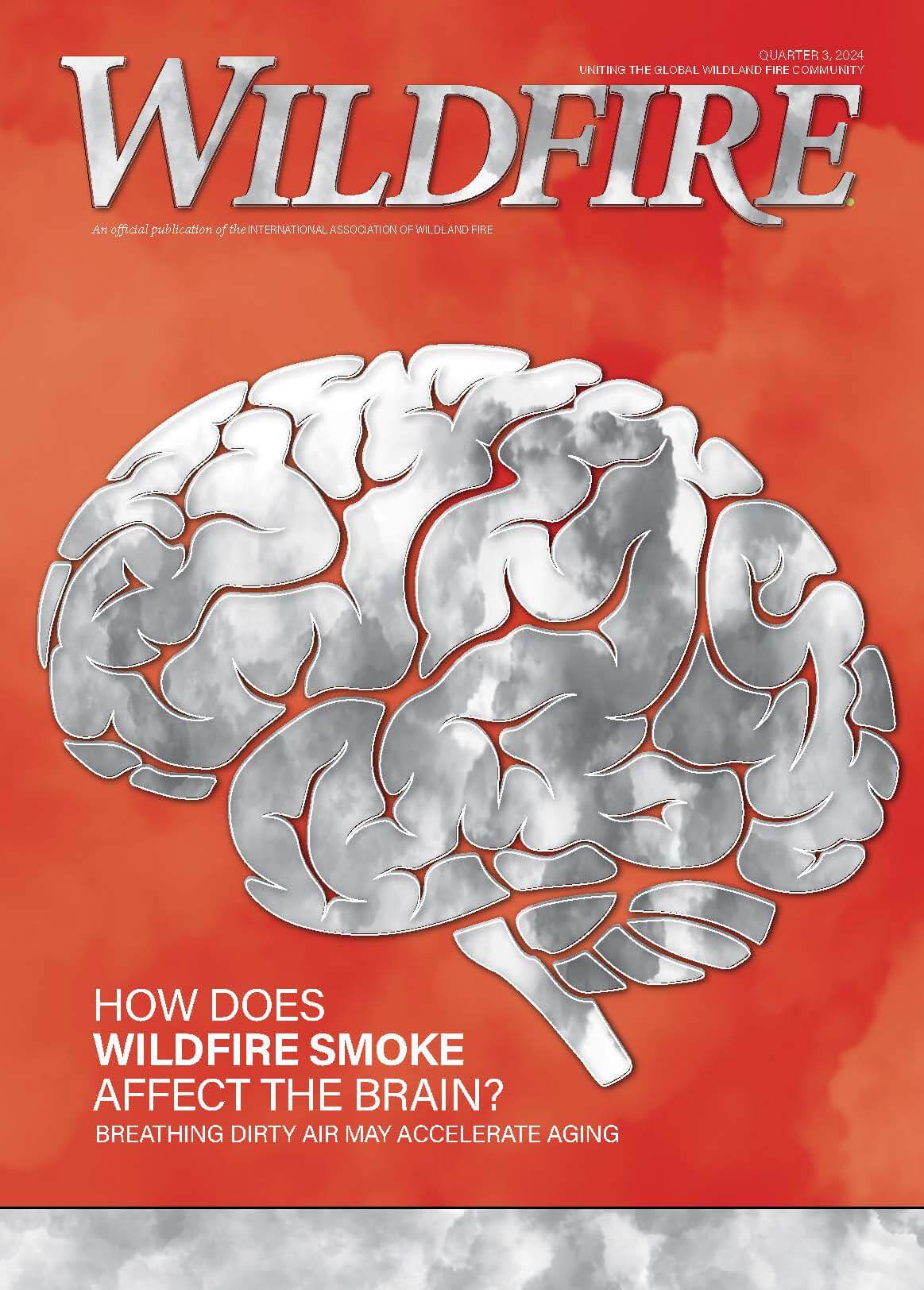Picture3
The spread rate of wildfires can vary over a wide spectrum. The error produced by predictive models is best interpreted on a percent basis relative to an observed rate of spread calculated as the difference between the predicted and observed fire spread rates, divided by the observed fire spread rate, multiplied by a 100:
Percent Error = Predicted Value – Observed Value x 100
Observed Value
The above formula will result in negative errors if the fire spread rate is under-predicted and positive errors if the prediction is higher than the observed value. For example, if the observed rate of fire spread is 1.0 km/h (0.6 mi/h), a prediction of 1.3 km/h (0.8 mi/h) equates to an over-prediction error of 30%, whereas a prediction of 0.7 km/h (0.4 mi/h) would constitute an under-prediction error of -30%.
